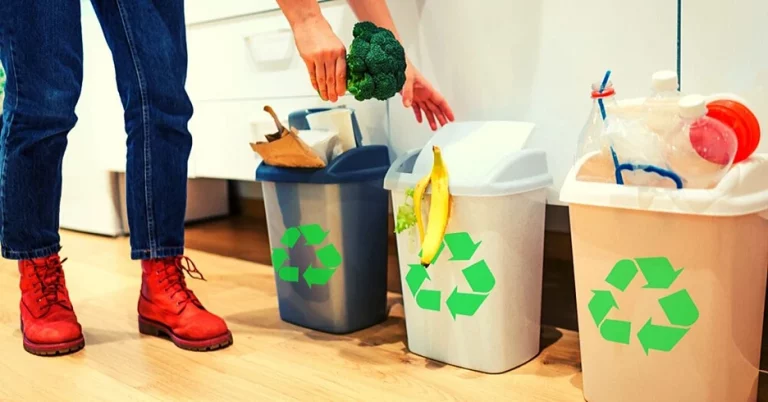When battling through DIY and home or garden renovations, it’s all very exciting until you have to deal with the rubbish you’re left with at the end! It is not always straightforward to know what to do with the waste, especially when there are different types, including green, electrical and general.
To make sure you get it right and waste is correctly disposed of, Fletchers Waste Management, which provides skip hire Sheffield and South Yorkshire, has put together four tips you can follow for your next project.
1. Make a waste disposal plan
To help you avoid any delays to your project, it’s best to plan ahead for how much waste your DIY project will likely produce. Naturally, this will always depend on the scale of your project, so start by writing out the materials and how much of them you’ll need. Materials all have different disposal methods that are best for recycling, so knowing this in advance will help you to segregate them by material type to save time.
If your local council provides you with a green waste bin, you’ll be able to dispose of garden waste that has naturally derived from your garden, for example, grass and branches. Household appliances such as fridges can not be easily disposed of, and often cannot even be put into a skip you have hired. This is because fridges contain hazardous gases that will need to be properly treated and recycled. Instead, you will need to hire someone who can remove the fridge and dispose of it properly like these Sydney rubbish removal experts.
Other household items will have similar disposal setbacks, this is why it’s important to plan ahead and be prepared.
2. Determine the scale of your project
Although this is similar to the first step, it’s still important to work out the scale of your project to then know how much waste you will be likely to produce. This is especially important if you are hiring help from contractors or even skip hire. If you have under or overestimated how much waste you will produce, you could end up wasting money on help or skips that are the wrong size for your project.
Also, waste can easily build-up, and no one wants it to become an obstruction and getting in the way of completing the rest of your DIY project. If you can’t decide what size skip you will need, most waste management companies will be able to advise you if you give them a rough estimate on the amount and types of waste you will produce.
3. Be responsible!
As you will be the producer of the waste from your project, that means you will be the one responsible to ensure it is correctly disposed of. It has sadly become very common for waste such as mattresses and fridges to be wrongly fly-tipped, or not properly recycled, thus, ending up in landfill.
Many people, often who are doing DIY projects or own very small construction sites, will say they did not know where to take the waste; however, information can be found on your local council website or you can contact a waste management company in your area. Both of these examples will be able to give you information on where to take specific items if you’re unsure.
The same goes when hiring help to dispose of your waste, it is always best practice to ask for their waste carriers licence and that they have proof they are able to legally dispose of your waste including screws with or without heads. After all, you will be the one paying the fine!
4. Accept help
Once you have worked through the previous steps, you’ll have all the information you need to start your project without the stress of handling the waste you’ve produced after it. However, you may still need some help, but you’ll be able to give estimations of what you’ll need collecting. Skips ranging from a 4-yard to an 8-yard are the best sizes for DIY and home renovation projects. 8-yard skips are the biggest skip you will be able to hire if you have garden waste in large quantities, this is because it gets heavy and cannot be picked up.
A man with a van is another option, they will be able to do all of the heavy labour work for you. This is great if you feel you may struggle to lift heavy amounts of waste from your project. They will always take the waste away with them and properly dispose of each waste type for you.
In conclusion
Before starting any project at home, always try and create a plan of action. This will make the whole project more organised and even if you will produce a huge amount of waste, you will still know what you are going to do with it and feel prepared. If you feel unsure, always check with your local council or waste management company, they will be happy to help with the best ways to dispose of your DIY waste.

